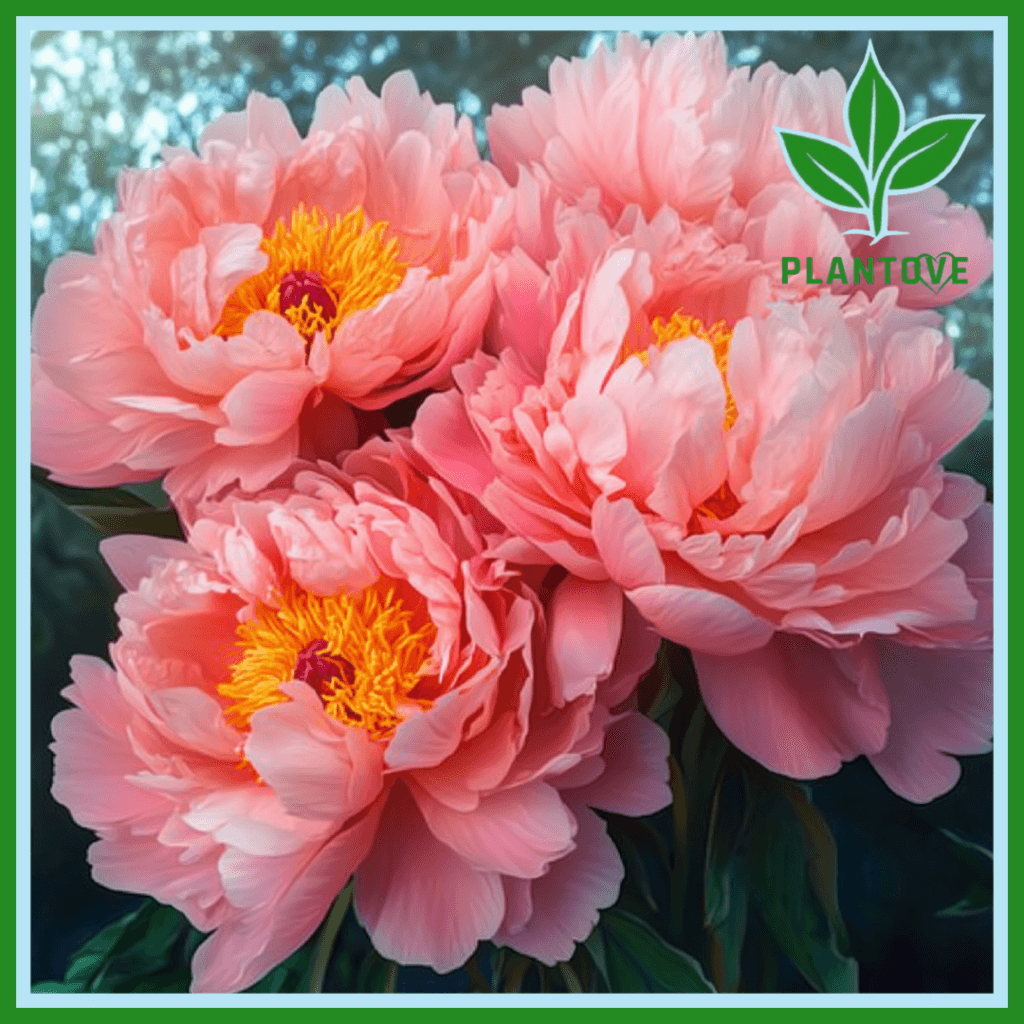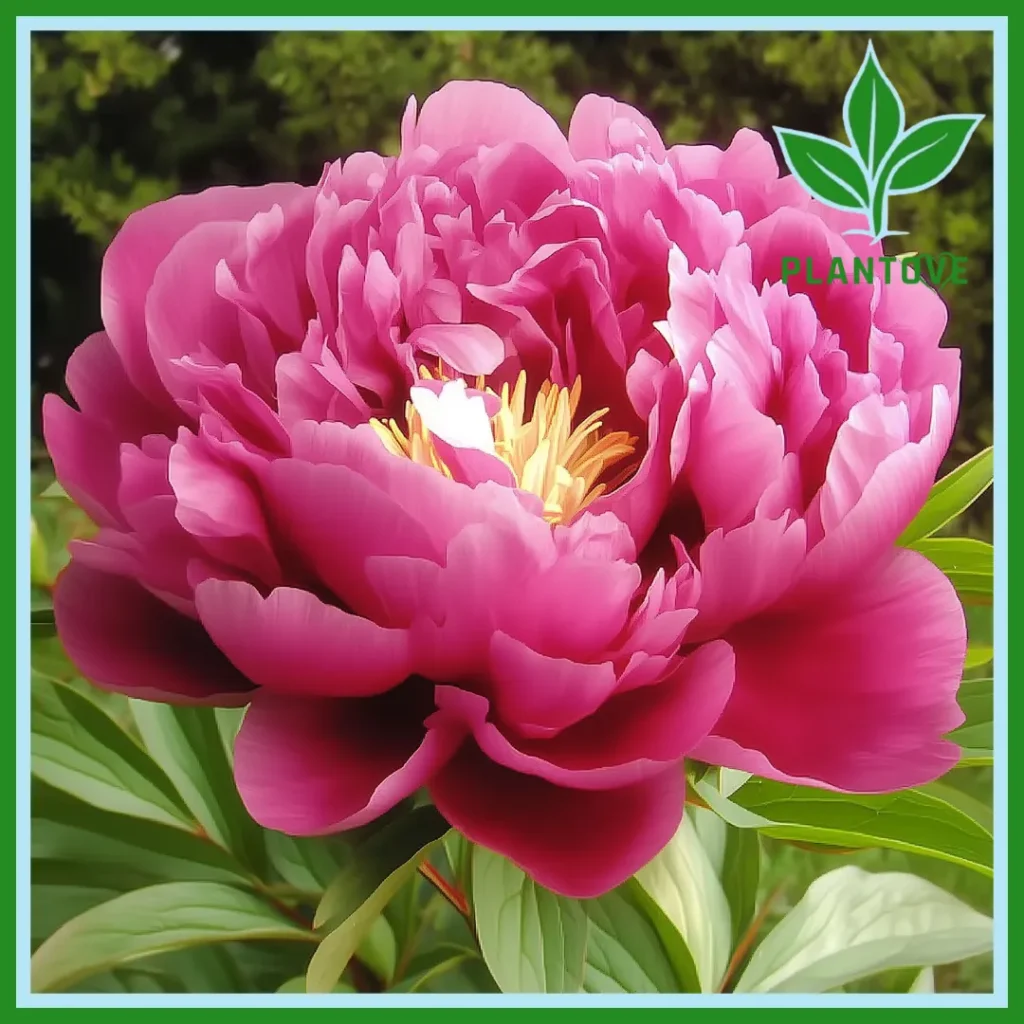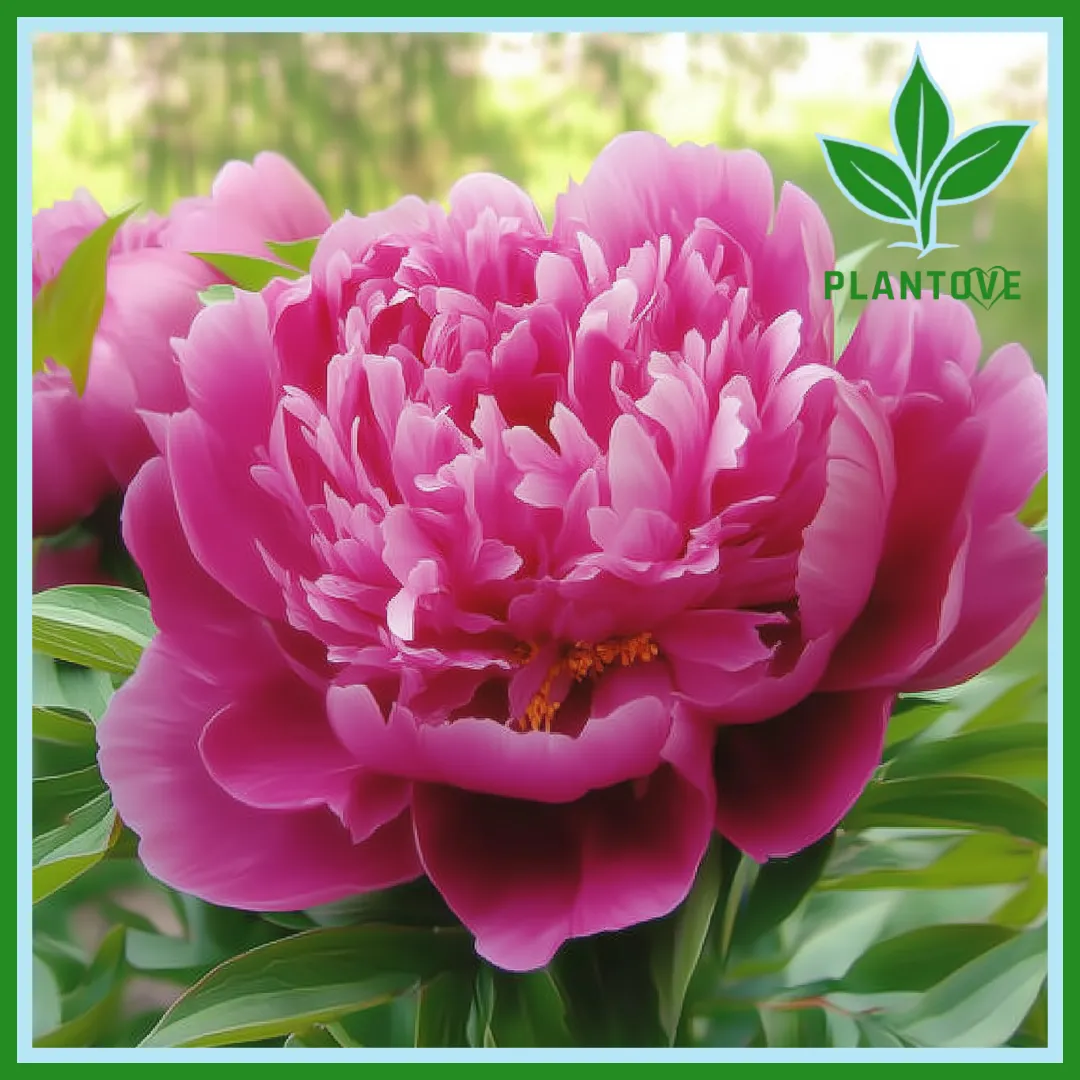Peonies have long been adored for their large, fragrant blooms and are considered one of the most elegant flowers in the world. Among the many colors of peonies, pink peonies stand out for their delicate yet vibrant beauty. Whether you’re a seasoned gardener or just starting out, learning about the different pink peony varieties, how to care for them, and the best ways to grow them can help you enjoy these spectacular flowers in your garden.
What Are Pink Peonies?
Pink peonies belong to the genus Paeonia and are a favorite among flower enthusiasts for their breathtaking blossoms. These flowers come in various shades of pink, ranging from soft pastel hues to rich, deep pinks. Peonies are herbaceous perennials, meaning they return year after year, making them an investment for any garden. Known for their lush, full blooms and pleasant fragrance, pink peonies symbolize romance, prosperity, and good fortune. They bloom in late spring to early summer, bringing a touch of elegance to your garden when many other flowers are just beginning to bloom.
Pink Peony Varieties

There are numerous pink peony varieties, each with its unique characteristics and charm. Some varieties are perfect for gardeners looking for a softer, more subtle aesthetic, while others are ideal for those who prefer bold, vibrant colors. Below are some popular pink peony varieties:
1. Sarah Bernhardt
One of the most well-known pink peony varieties, Sarah Bernhardt is famous for its large, ruffled blossoms that are a soft, blush-pink color. The petals of this variety are delicate and have a sweet fragrance, making it a perfect addition to any garden. Sarah Bernhardt grows to about 30 inches tall and is known for its strong stems, which help support its heavy blooms.
2. Festiva Maxima
Festiva Maxima is a stunning peony variety with large, white flowers that are accented by pink tips. This variety is often described as a two-toned peony because of its white petals with pink flecks. The fragrance of Festiva Maxima is sweet and strong, and the flowers bloom early in the season, making them one of the first to brighten up the garden.
3. Coral Charm
While Coral Charm is often thought of as a coral-colored peony, it has beautiful pink undertones that make it one of the most striking peony varieties. The blooms open with a coral hue and gradually fade to a soft pink as they mature, creating a unique visual appeal. Coral Charm is known for its graceful shape and resilience, often making it a favorite for cut flower arrangements.
4. Merriment
Merriment is a semi-double pink peony variety that features vibrant, hot-pink flowers with yellow stamens in the center. This variety blooms late in the season and has a light, pleasant fragrance. Merriment makes a bold statement with its bright colors and striking appearance, perfect for gardeners looking for a pop of color.
5. Do Tell
The Do Tell variety is a beautiful deep pink peony, known for its large, semi-double blooms. These flowers are highly fragrant and tend to last longer than many other peony varieties. The blooms are full and slightly ruffled, making Do Tell a favorite in floral arrangements and gardens alike.
6. Pink Hawaiian Coral
For those looking for a peony with a mix of pink and coral hues, Pink Hawaiian Coral is a stunning option. The blooms start as a soft coral color and turn pink as they open. The flowers are large, fragrant, and make an excellent cut flower due to their long-lasting beauty.
Planting and Growing Pink Peonies
Growing pink peonies in your garden can be a rewarding experience if you follow the right steps for planting and care. Here’s what you need to know about planting and growing these beautiful flowers.
Location and Soil Requirements
Peonies thrive in full sun, which means they need at least six hours of direct sunlight each day. They do best in well-drained, fertile soil with a slightly acidic to neutral pH. Before planting your pink peonies, prepare the soil by adding organic matter, such as compost, to improve drainage and fertility. Well-drained soil is essential, as standing water can cause root rot.
Planting Pink Peonies
The best time to plant pink peonies is in the fall, ideally around September or October, when the soil is still warm but the temperatures are beginning to cool. This allows the plant to establish strong roots before winter sets in.
To plant your pink peony, dig a hole that is about 18 inches deep and wide enough to accommodate the plant’s roots. Place the peony’s root ball in the hole with the “eyes” (buds) facing upward. The eyes should be planted about 1-2 inches below the soil surface. If planted too deeply, the peony may not bloom.
Spacing and Support
Pink peonies should be spaced about 3 feet apart to allow for their full growth. If your variety is known for large blooms, such as Sarah Bernhardt or Festiva Maxima, you may need to provide support for the stems, as their large flowers can weigh them down. Peony supports or stakes are helpful for maintaining upright stems, especially during heavy rainfall or windy conditions.
Pink peony plant care

Once planted, pink peonies are relatively low-maintenance, but there are a few essential care steps to ensure that they thrive.
Watering
Peonies have deep roots, which allows them to tolerate dry periods once established. However, they still require regular watering, especially during dry spells. Water your peonies deeply, ensuring the water reaches the root zone. Avoid wetting the foliage, as this can promote fungal diseases.
Fertilizing
Peonies don’t require much fertilizer, but applying a balanced fertilizer in the spring, just as the shoots begin to emerge, can encourage healthy growth and blooming. Avoid fertilizing too late in the season, as this can cause weak growth and hinder winter dormancy.
Pruning and Deadheading
After your pink peonies finish blooming, it’s important to remove the spent flowers (deadheading) to encourage the plant to focus on growth rather than seed production. In the fall, cut back the plant to the ground after the foliage has died back. This helps prevent diseases and prepares the plant for the winter months.
Winter Care
Peonies are hardy plants, and once they are established, they can survive cold winters. However, in regions with extremely cold winters, mulching around the base of the plant in late fall can help protect the roots. Use straw, leaves, or compost to create a protective layer over the crown of the plant.
Common Problems with Pink Peonies
Although pink peonies are generally low-maintenance, they can face a few challenges:
1. Botrytis Blight
Botrytis blight is a fungal disease that can affect peonies, especially in damp conditions. It causes brown or gray spots on the leaves and stems, and the plant may develop a fuzzy mold. Prevent this by providing good air circulation and avoiding overhead watering.
2. Ants
Ants are often attracted to peony buds because of the sugary nectar that the buds secrete. While they don’t harm the plant, they can be a nuisance. Gently shake the buds to remove ants or rinse the stems with a hose if needed.
3. Peony Wilt
Peony wilt is another fungal issue that can affect peonies, causing the stems to droop and die back. It’s important to clean up plant debris in the fall and ensure the soil has good drainage to prevent this disease.
Why Grow Pink Peonies?
Pink peonies are a timeless choice for gardeners looking to add color, beauty, and fragrance to their gardens. Whether you choose a soft blush-pink variety like Sarah Bernhardt or a vibrant, rich pink like Do Tell, pink peonies bring elegance and charm to any landscape. Their fragrant blooms make them perfect for cut flower arrangements, and their perennial nature ensures that they will continue to grace your garden for years to come.
By choosing the right variety, following proper planting and care techniques, and staying vigilant for common problems, you can enjoy the beauty of pink peonies in your garden season after season.

